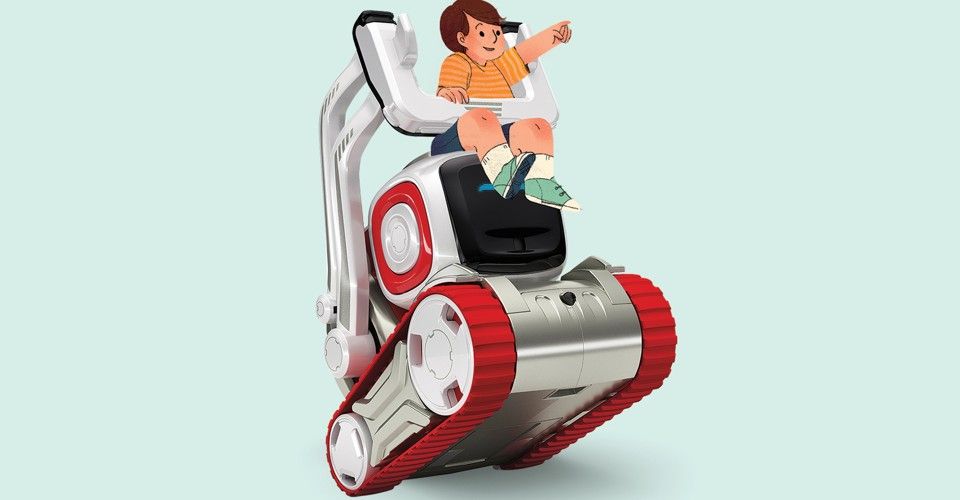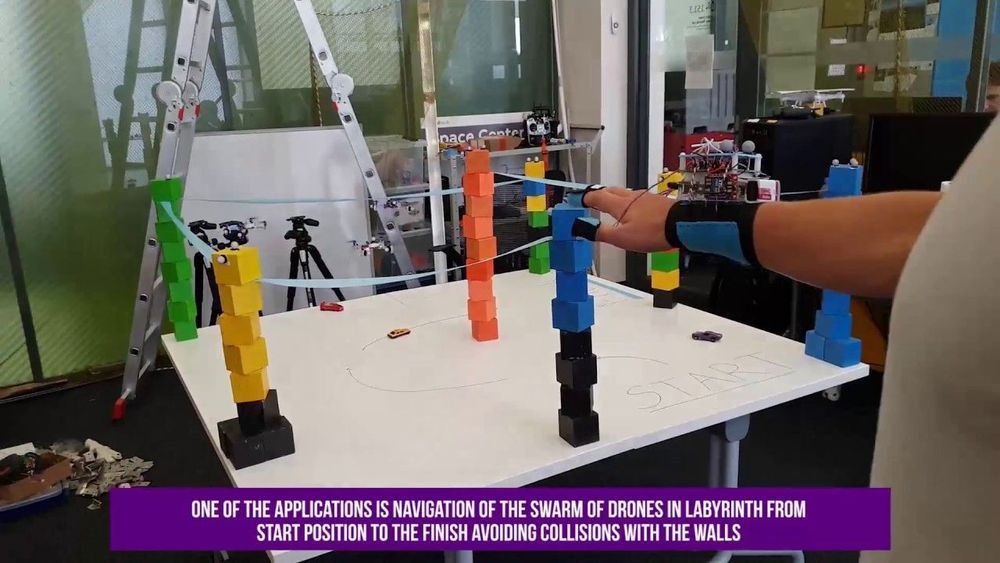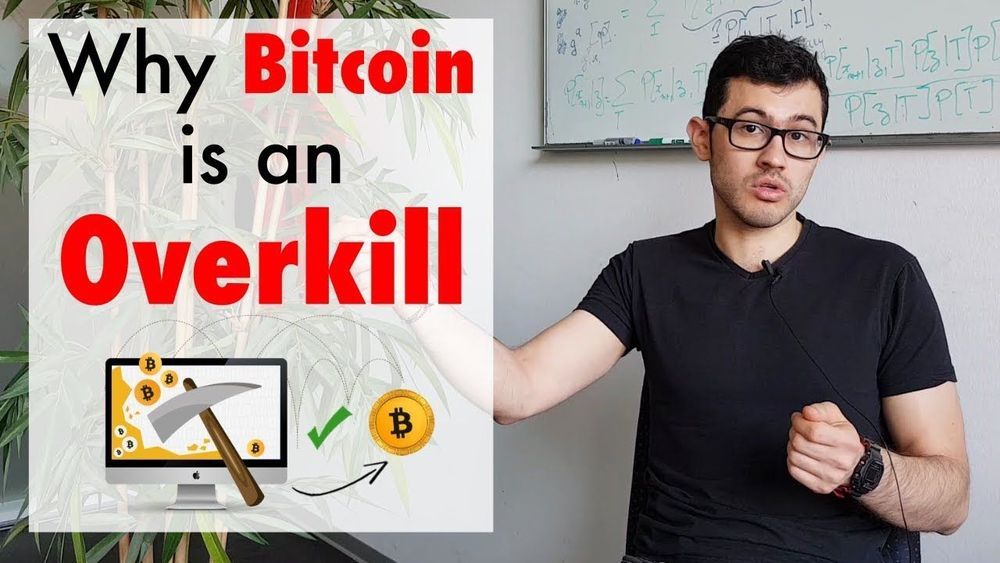Sep 30, 2019
Scientists find way to travel across ‘very distant points in space’ in a split second
Posted by Paul Battista in categories: cosmology, physics, space travel
A WORMHOLE could allow space travel to the most distant regions of the universe in an instant and now a recent scientific paper has outlined a way to actually build on these anomalies of physics.

















